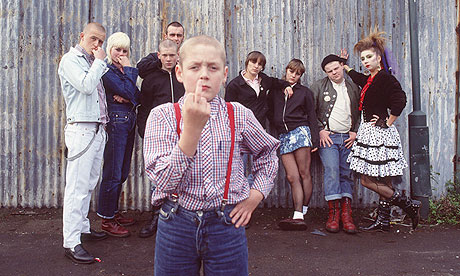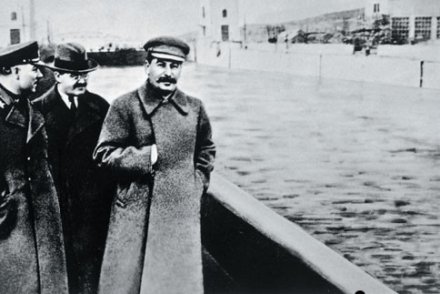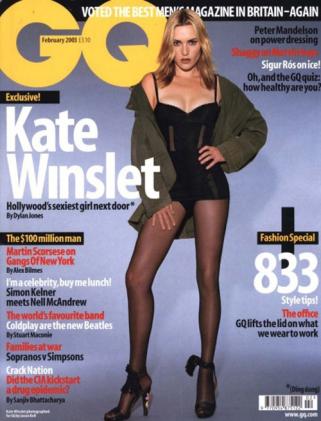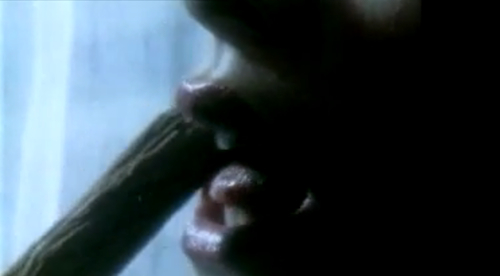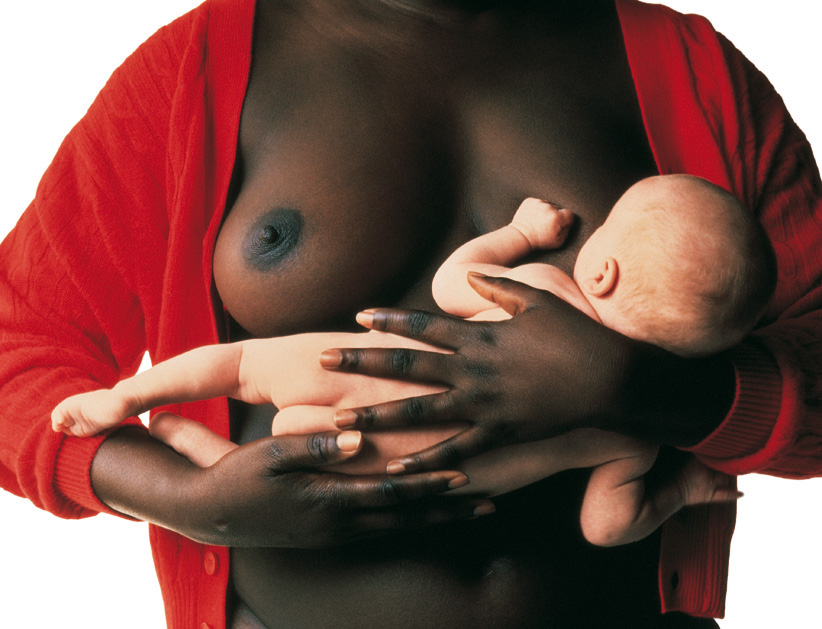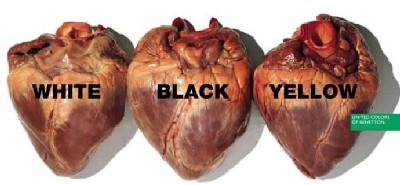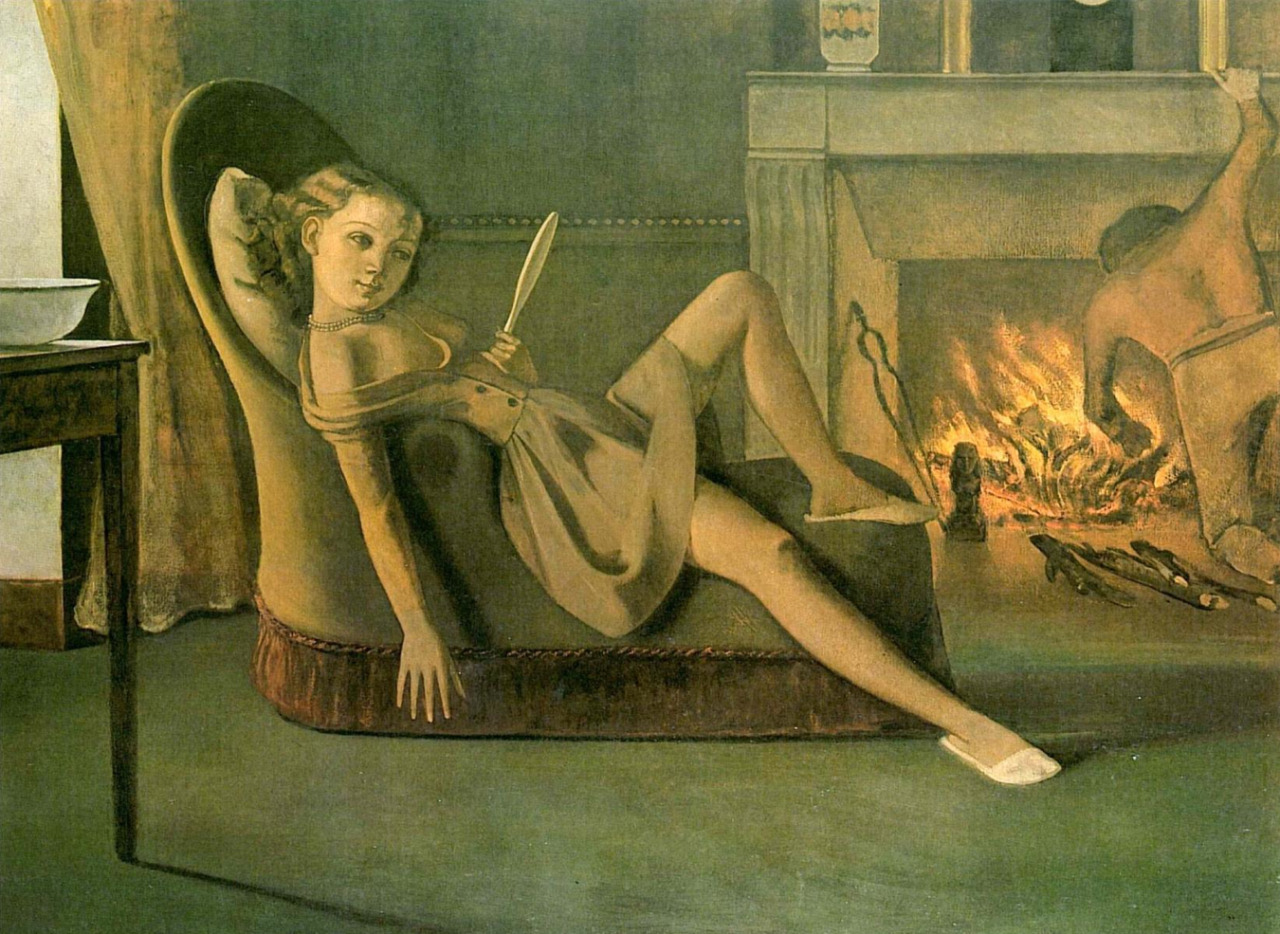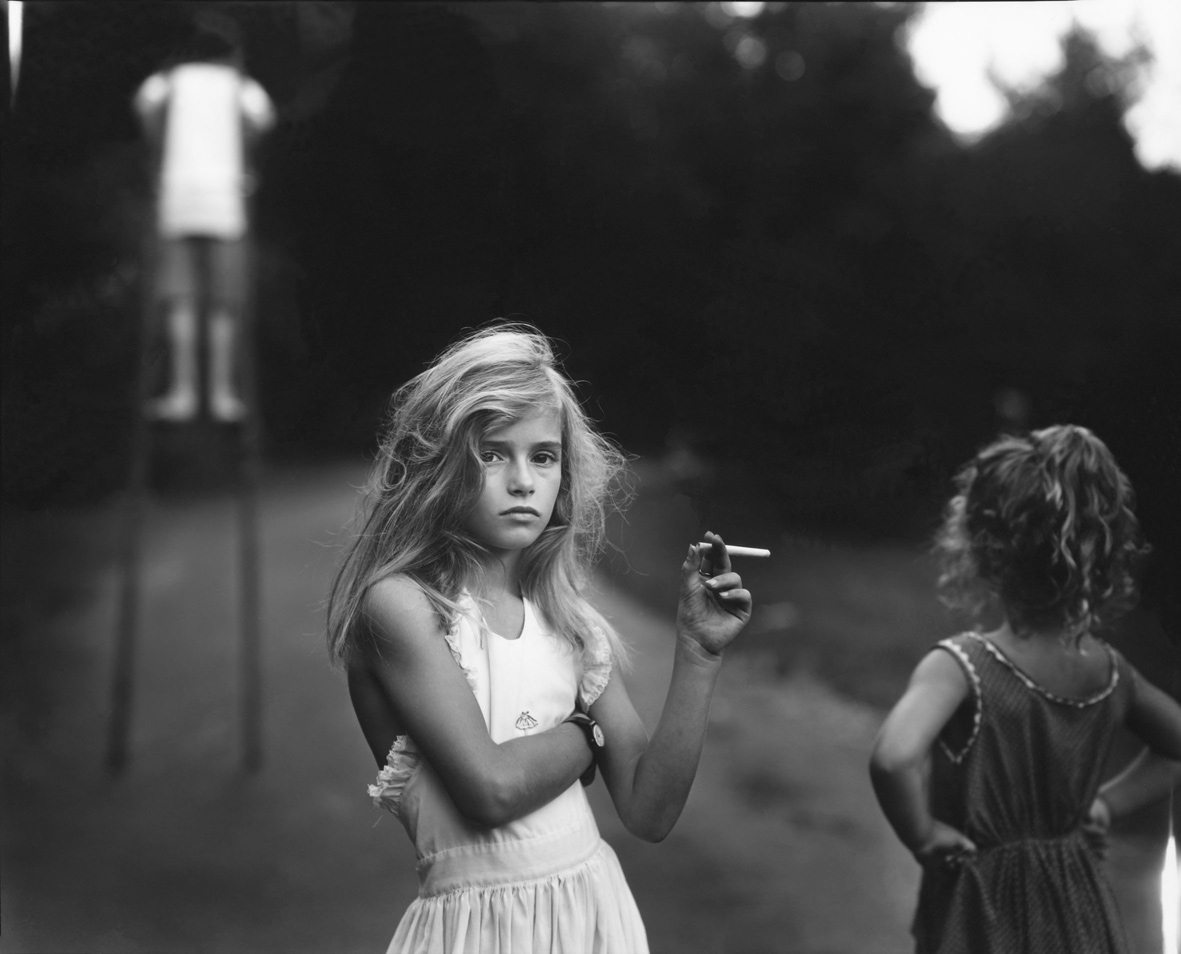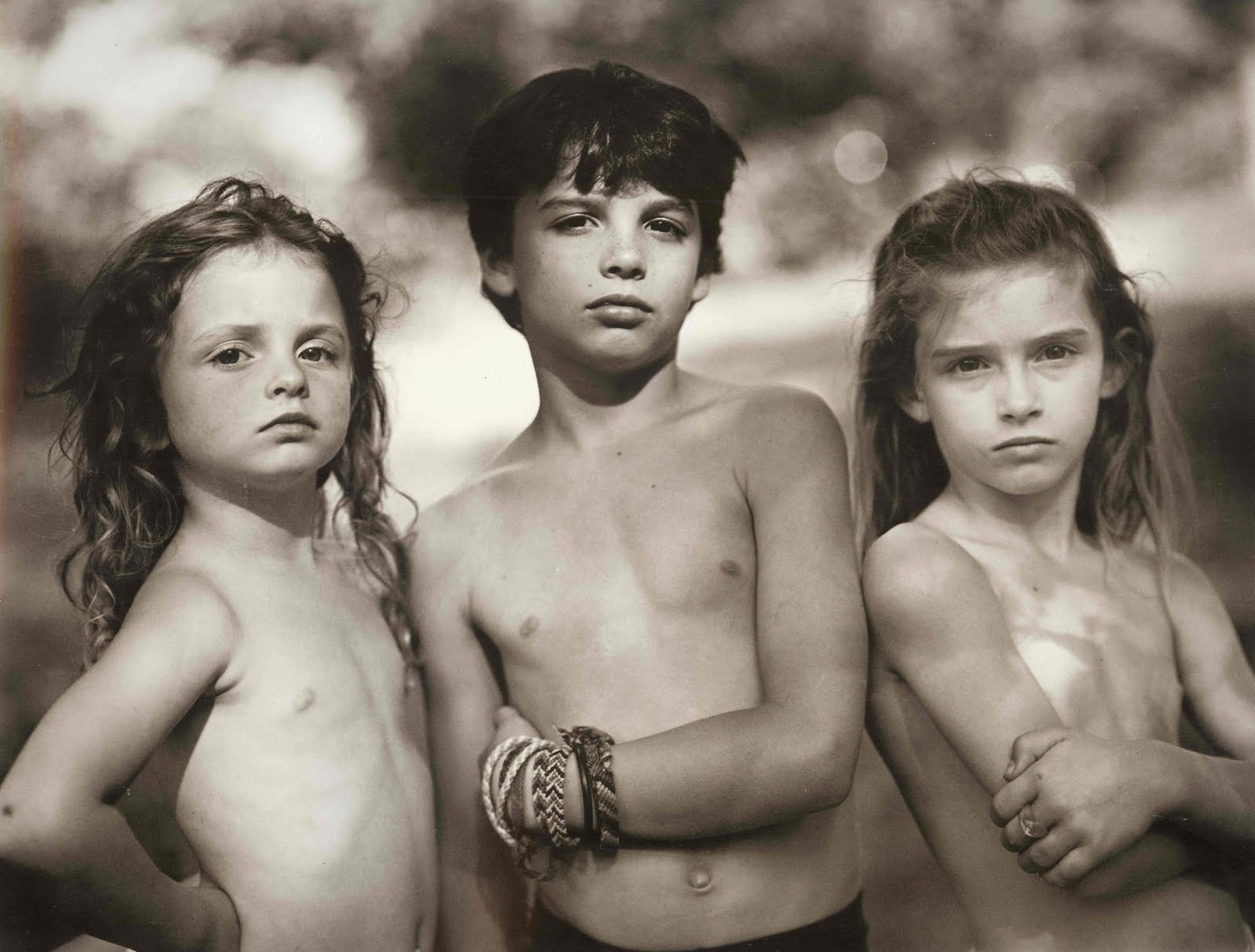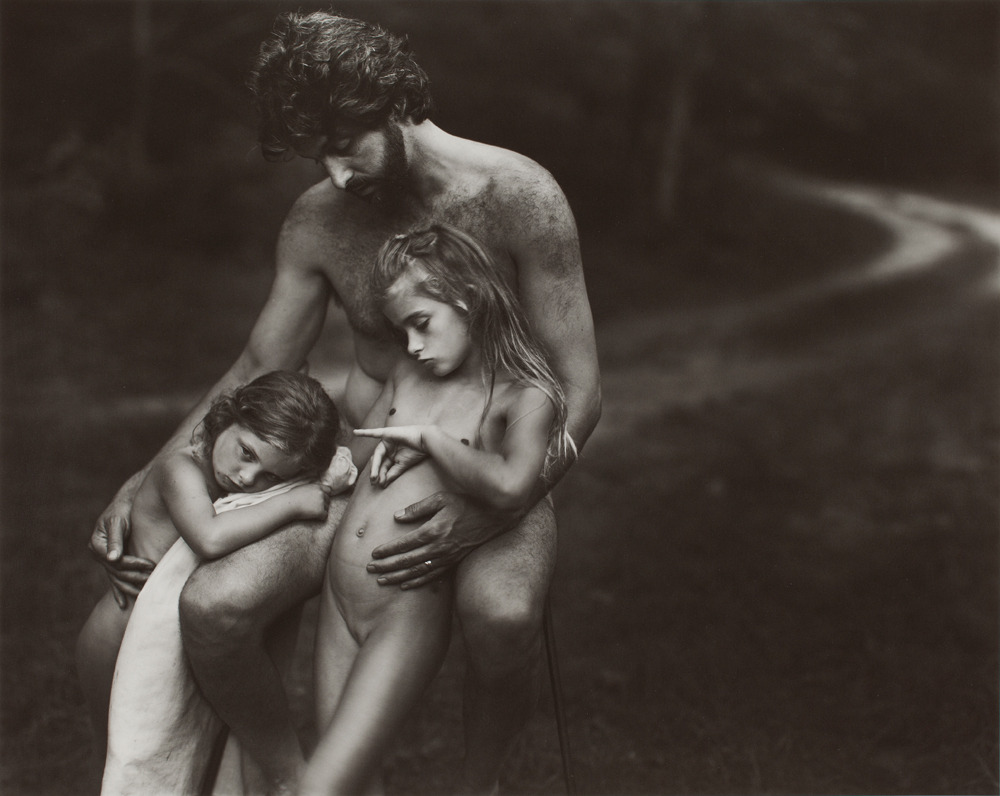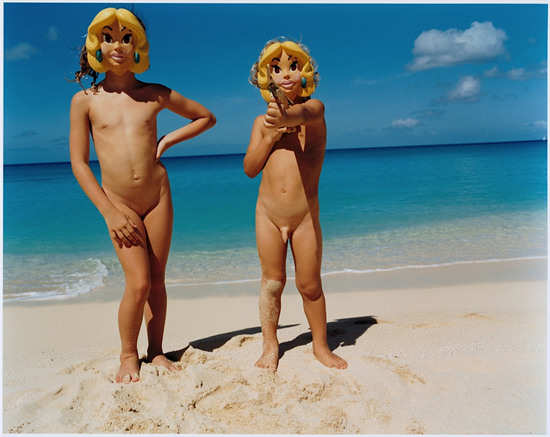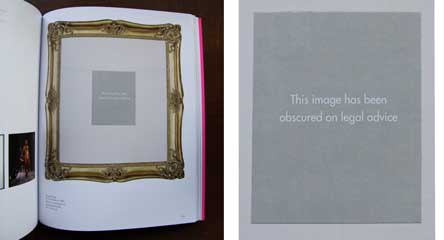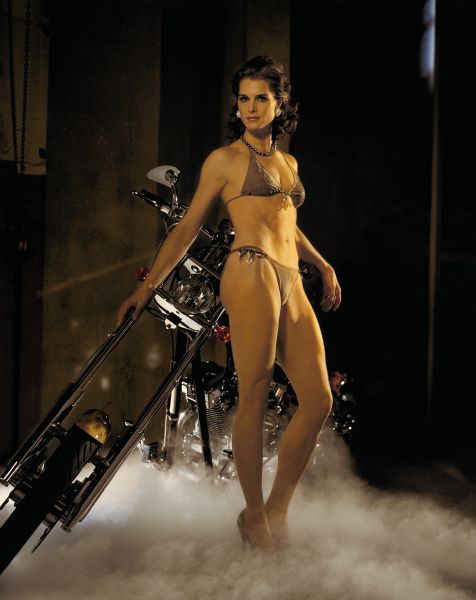Introduction
What are you going to address and how are you going to address it?
What are your intentions?
- Demonstrate a critical knowledge of practice
- Apply theory to practice
- Analyse relevant material
- Evaluate theory and evidence within the context of study
- Reflect: critiquing and critically

- Are you passive with accepting ideas from other writers or do you try to challenge them?
Deep Theory
- Independent engagement with material
- Critical and thoughtful about idea and information
- Relates theory and research to own experience and knowledge
- Sees the bigger picture
- Relates evidence to conclusions
- Examines logic of arguments
- Interested in wider reading and thinking
- Ongoing preparation and reflection
- Each academic discipline has its own specialist vocal which you will be expected to learn and use in your own writing
- Make sure that your arguments are backed up with quotes and theorists
- Preliminaries: Title, acknowledgements, contents, list of illustrations
- Introduction: The abstract, statement of the problem, methodological approach
- Main body: Review of literature, logically developed argument chapters, results of investigation, case study
- Conclusion: Discussion and conclusion, summary of conclusions
- Extras: Bibliography, appendices
- Have a look at dissertations in the library
COP3 submission document can be found on e-studio
- This will explain how to lay out your essay and how to order it
Harvard Referencing
e-studio explains basics
Author (date) Title, Place, Publisher.
- Make sure that the way you format titles / author names, you keep bibliography and text referencing the same.
'quote quote' (surname, year, page)
- DON'T USE SPEECH MARKS!
When quoting an artist from a book, use (Smith in Miles, 2013, p7)
- Bibliography should be alphabetised by surname and ordered in types of sources, e.g. books, films, etc.
- Illustrations need to be referenced like author, date, title.
- If found in a book, reference where you found it.
- Owb photos: "author's own image"
- Have a look at Leeds uni website for referencing.
40 Credit Module.
Deadline: 15th January 2015
"Doing Your Research Project" by Juditch Bell - 371.3 in library
- 6-9,000 word written element and practical work.
- Research project to a question, which you will then produce a practical piece answering said question.
- Minimum 2.5 hours tutorial time. Come prepared to your tutorials with research, questions, etc.
- Try to have a substantial draft submitted by Christmas holidays.
Planning The Project
- Write down all the questions that you want to investigate.
- Consider each question on their own merits and focus on two (primary and secondary questions).
- Write a 'first thoughts' sheet for primary and secondary questions
- preconceptions
- ideas for investigations
- What is the purpose of the study? Is your question researchable? Are your ideas realistic?
- Working title (can be subtly changed).
- Constantly refer back to your title.
- Are you answering the title?
- Make sure that your title is a question to answer.
Project Outline
- Consider timing. Deadline = 15 weeks!!
- Consider holidays / work / life.
- Think about what needs researching.
- Allocate timings for research areas.
- Allow generous time for reading and writing up.
- Factor in tutorials.
- Draw up a project outline.
Literature Search
- Reading takes more time than you think!
- How much can you actually read in 100 hours?
- Start by trying to find key texts on your chosen topic.
- Have a look on Google Scholar.
- Focus your reading and plan your time.
- Find secondary sources based on key texts.
- Use journals (www.jstor.org).
Referencing
- Start compiling a bibliography at the beginning of the project.
- Reference as you go along.
- Include: Name, forename, date, place, publisher, page.
Questionnaires
- Is a questionnaire the best way of investigating your topic?
- If so, begin to word questions and discuss with supervisor.
- Avoid ambiguity, imprecision or assumption.
- Avoid double, leading, presuming or offensive questions.
Interviews
- Is an interview relevant?
- If so, begin to word questions for discussions with supervisor.
Critical Diaries / Reflective Logs
- Keep updating and reflecting on your research.
- Make sure the purpose is clear.
DON'T PROCRASTINATE!!!!
01/05/14 - Dissertation or Extended Written Piece - Library Research Lecture
by Roxxie Blackham on Thursday 1 May 2014
chris.graham@leeds-art.ac.uk
@LibraryArtLeeds
- Focus
- Relevance
If you have a well defined title, you will be able to research relevant topics for your title.
Don't waffle with your title, be specific.
When you start off, visualise the title (spider diagram) to gain a better idea of what you need to research into. You don't want your spider diagram to be cluttered, as this will form an essay that isn't as relevant and focused as if you focus on a fewer amount of areas to research.
Example:
'What role does the graphic designer play in the modern music industry?'
Primary Research
Gathering your own original data
Secondary Research (scholarship)
Reading up on the subject, making use of the research and findings of others for corroboration, disagreement, triangulation (two disagreeing sources - look for a third that brings them together to come to a conclusion), theoretical underpinning etc.
Research Methods
- Visual practice, experiment, interest and enquiry (research and critical diaries)
- Questionnaires (qualitative - opinions, ideas, paragraph answers / quantitative - statistical)
Produce a draft questionnaire first to give out to a few people, then make changes for the final.
- Interviews
- Case Study (go in-depth into a particular case to draw wider conclusions)
- Site visits
- Literature search
Literature Search 1
- Books (academic sources)
- Journals / magazines (academic journals are smaller in size and mainly textual)
- Websites / blogs / on-line forums
- Videos / DVDs
- CDs / Tape Cassettes / Vinyl Recordings
- TV / Radio
- Newspapers / Maps / Reports
- Printed Ephemera (items that are printed and not meant to be kept, for example flyers, posters, wrappers, etc)
Literature Search 2
- Knowing where to look most effectively
- Effective use of catalogues
- Narrowing and broadening search terms
- Using related terms
- Browsing using Dewey Decimal Classification (numbering system - browse books around that number for related books)
- Use of contents page and index (this will make sure that the book is relevant)
- Reading the introduction or abstract (the introduction will always be a summary of the rest of the book)
- Using a book's own bibliography to inform further reading
Book Search
- Leeds College of Art Library
http://library.leeds-art.ac.uk
- Leeds Metropolitan University Library
www.leedsmet.ac.uk/lis
- University of Leeds (SCONUL)
Apply for a SCONUL card in the library, and this will entitle you to go to other university libraries.
www.leeds.ac.uk/library
- The British Library in Boston Spa
www.bl.uk
- COPAC (combined catalogue of all the universities in the UK)
http://copac.ac.uk
Journal Search 1
InfoTrac
http://infotrac.galegroup.com/itwed/leedscad
- A store of online magazine articles
- If at college, click the "proceed" button
- If at home, you may need to type in a password: tryinfomarks
JSTOR
http://www.jstor.org/
- A store of online magazine articles
- Unfortunately, only available on college computers
Art Full Text
http://portal.leeds-art.ac.uk/
- Journal index and some full text articles available
Internet Search 1
Athens
http://www.athens.ac.uk
- A store of password protected sites
- Each student who wishes to access this site will need to ask the Librarian for the login and password
WGSN
www.wgsn.com
- A database of fashion information and trends
- Log in : leedscollege
Password on slideshow on e-studio
Google Scholar
http://scholar.google.co.uk
- Some full text PDF articles available
Library E-Studio
HE Library and Learning Resources
- Links to Harvard Referencing
- Links to writing a bibliography
Two Tips
- Don't bite off more than you can chew (keep the topic and title focused and manageable)
- Create a sense of momentum (note taking, writing a draft section when you can, keeping your bibliography up to date)
Remaking theory, rethinking practice.
An individually driven, synthesised research project with interrelated practical and written elements.
Due in at the end of the first semester of 3rd year.
To Submit:
A dissertation of up to 9,000 words, a body of practical work and supported research.
An essay with a related piece of practical work.
Research the proposed project over the summer and start writing the dissertation come September.
Learning Outcomes:
- Knowledge and understanding
- Cognitive skills (logic, reasoning and critical judgement)
- Practical and professional skills
- Key transferrable skills
- Demonstrate a critical understanding of the synthesis between the theoretical and practical contexts of their own creative concerns
Synthesis
- All component parts of the project engaging in one complex, dynamic process.
- Informed engagement
- The realisation of theory in, and through, practice
FILL IN YOUR PROPOSAL FORM BEFORE THE END OF THE YEAR AND SUBMIT TO DROP-BOX ON ESTUDIO.
The proposal form will allow you to receive focussed feedback before the summer and allows staff to consider the viability of your research.
Try to complete the form in as much detail as possible - a detailed response will probably mean better feedback.
Definition of subculture:
In sociology, anthropology and cultural studies, a subculture is a group of people with a culture (whether distinct or hidden) which differentiates them from the larger culture to which they belong.
Dogtown and Z boys (2001)
- Documentary directed by Stacy Peralta.
- Mixes original footage with more recent footage
- Documents how the history of skateboarding and how it evolves
- Skater Peggy Oki - female skater
- Not much difference in the ways the boys and girls dress in skateboarding - practical clothes
Ian borden 'Performing the City'
- Urban street skating is more 'political' than 1970's skateboarding's use of found terrains: street skating generates new uses that at once work within (in time and space) and negate the original ones
- Areas that are allocated for walking and traffic, but skaters redefine that, e.g. using a hand rail (usually seen as a safety mechanism) as a prop for the skater to challenge
South bank closure threat to skaters
- Proposals for redeveloping and turn it into shops, galleries, restaurants etc
- Wasn't specifically designed for skating, but has been adopted and proved to be an ideal environment
- After the petition, a proposal was put forward for an alternative space
- Henry Edwards-Wood - spokesman of the Long Live Southbank campaign
Lords of Dogtown (2005)
- "Skateboarders do not so much temporarily escape from the routinised world of school family and social conventions as replace it with a whole new way of life" (Borden:2001)
- A family is created within the subculture - this is looked at in the film Lords of Dogtown
Parkour / Freerunning
- Both activities are a performance of the city - a way of moving through the city without using traditional walkways, paths etc, or even using the body in the same way for traversing the city
- Parkour is more about the sportive activity, whereas free running is more about the creative use of the city
- Feel like superheroes
Jump London (2005)
- Documentary about parkour and free running
- Rebellion against the idea of space being defined for you
- Interruption to the everyday feel of the urban environment
Nancy McDonald 'The Graffiti Subculture'
- "Here (on the street) real life and the issues which may divide and influence it, are put on pause. On this liminal terrain you are not black, white rich or poor. Unless you are female, 'you are what you write'."
- McDonald suggest that women come to the subculture laden with the baggage of gender in that her physicality (her looks) and her sexuality will be commented on critically in a way that male writers do not experience, e.g. Miss Van
- Using graffiti as a way of identifying space and calling it your own. A way of claiming space.
Angela McRobbie and Jenny Garber
- Girl subcultures may have become more invisible because the very term 'subculture' has acquired such strong masculine overtones (1977)
- In postmodern subcultures overly feminine subcultural movements like the Lolita fashion are often assumed to be sexually suspect
Motorbike Girl
- Briggite Bardot 1960s
- Suggests sexual deviance which is a fantasy not reflective of most conventional real life femininity at the time
Hells Angels
- In rocker and motorbike culture girls usually rode pillion
- Wills 1978: girls did not enter into the camaraderie, competition and knowledge of the machine
- In this subculture women were girlfriends of the riders
Mod Girls
- Mod culture springs from working class teenage consumerism in the 1960s in the UK
- Teenage girls worked in cities in service industries for example, or in clothing shops where they are encourage to model the boutique clothing
- Hebdige outlines the hierarchies within the mod subculture where the 'faces' or the 'stylists' who made up the original coterie were defined against the unimaginative majority... who were accused of trivialising the mod style
Quadrophenia (1979)
- Depicts the tensions between mods and rockers in London
Hippy Girl
- Subculture arises through universities of the late 60s and early 70s
- Middle class girl therefore has the space to explore subculture for longer before family etc
- Space for leisure without work: encourages 'personal expression'
'Bad' hippy / 'good' hippy
- Janis Joplin vs Peace and 'flower power'
- Look at the idea of punishment for female rebellion
- Use of drugs with bad hippies
Riot Grrrl
- Mid 1990s onwards
- Underground punk movement based in Washington DC, Olympia, Portland, etc
- Feminist empowerment
- Involved in political movements
- Bands were about their performance and messages behind the songs, not how good they were at playing instruments
- Refernce to 1970's DIY punk ethic
- Influence by Dadaism
Media attention turns to Grunge scene
- Courtney Love and Hole
- Style without the subculture
- Distorts even further as the 90s continue into the more media friendly Spice Girls use of phrase 'Girl Power'
Spice Girls
- Band styling presents a set of visual 'types' that are easily consumable by the target audience
- There is no empowerment for young women as there is nothing but the reduction of young women to cartoon representations
Dick Hebdige 'Subcultre: The meaning of Style'
- Offence caused by lyrics and behaviour is important as it leads to questions about 'the parent culture'
- Subcultures start to represent all that is bad within society
- "Subcultures represent 'noise'"
The commodity form
- Subcultural signs like dress styles and music are turned into mass produced objects
- e.g. clothing which is ripped as an anarchic anti-fashion statement becomes mass produced with rips as part of the design
- When it reaches a certain level, it will be incorporated into the mainstream
A threat to the family?
- Demenisation of the punk
- All of the societies evils become projected onto the subculture
- Womens Own 1997 runs a feature on "Punks and Mothers", smiling, reclining next to the family pool etc
- Non political threat that ultimately will not disturb traditional values
Zandra Rhodes act White Gold Diamond Safety Pin Brooch
- Punk styles are turned into "to shock chic" which marks the end of the movement as a subculture
- The idea that the original object is designed to hold a nappy together and protect the skin from being pierced. The punks reversed the concept of the safety pin by purposely piercing the body with it, but then it becomes incorporated into consumer high fashion
Bricolage: Edwardian Style - Saville Row - Teddy Boy
- Development of style within working class groups and how it trickled down from the upper ends of society
- Teddy Boy clothing
- Idea of working class incorporation of more middle class form of dress
Roger Mayne (1956)
- Escape from the claustrophobia of the family into the street and 'caff'
- Girls had to be careful not to 'get into trouble' in the 1950s
Chris Steele-Perkins - 'The Teds' (1979)
- Looks at the tendency of how people who have been involved in subculture hand onto it beyond their youth
Skinhead Culture
- racists give Nazi salute in London, 1980
Gavin Watson 'Skins' (1980s)
- Influence the portrayal of skinheads in films
This is England (2006)
- Shane Meadows
- The new kid on the estate transforms into a British skin
- His new friends become a surrogate family
- The film documents his journey into the skin head group
- The film explores the political influence in the skin head culture in britain in the 1980s.
- The difference between the skinhead style and the politics of the National Front skins as they infiltrate the working class
- Combo beats up Milky - disturbing scene, but instigated by Milky's invitations for Combo to come to dinner at his house. Real representation of how Combo can't comprehend the idea of someone being 'other' to him, by their race. Combo can't face the idea of how Milky is from another race.
Post subcultures - becoming increasingly difficult to pinpoint what 'subculture' actually means.
Health warning!!!!
Some images might be found distasteful or shocking.
Ansel Adams, Moonrise Hernandes New Mexico, c. 1941-2
Essential fine art photographer
Classically beautiful image
Ansel Adams, Moon Over Half Dome, 1960
Years before digital photography - film photographs couldn't be manipulated.
Ansel Adams, Aspens
Slight difference - use of the same negative over and over again, but processing the film with different amounts of time to create completely different images.
For more than seven decades, until the fall of Communism, Pravda, which ironically means 'truth', served the Soviet Communist party
Stalin with, and without, Nikola Yeshov




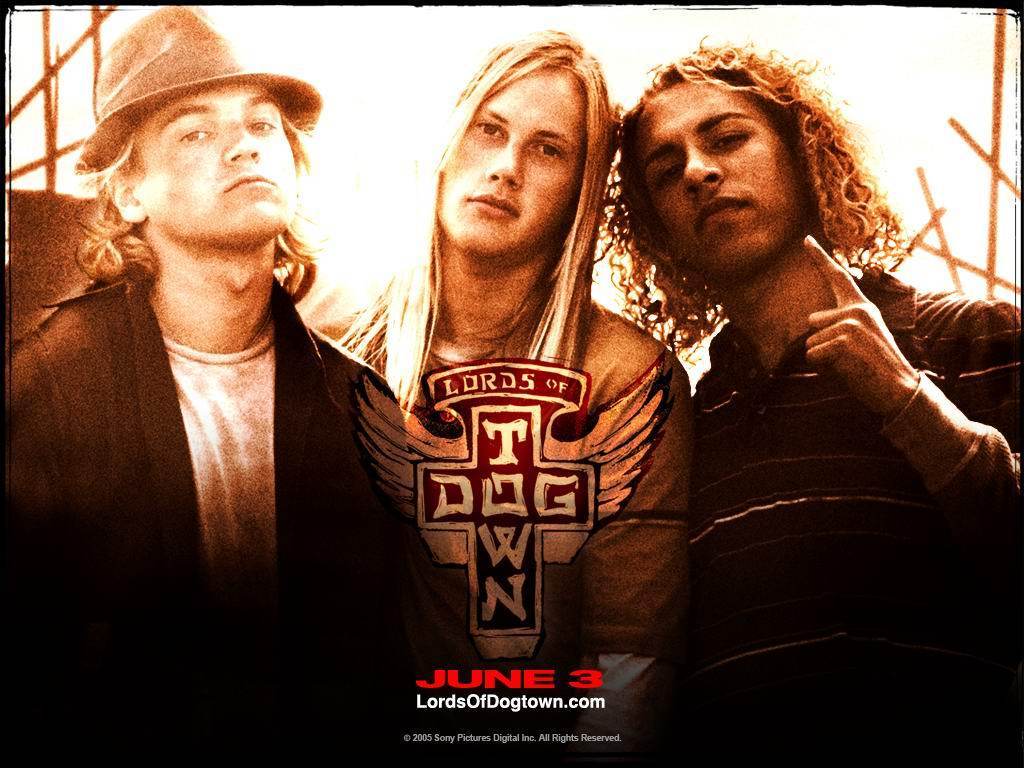


.jpg)











